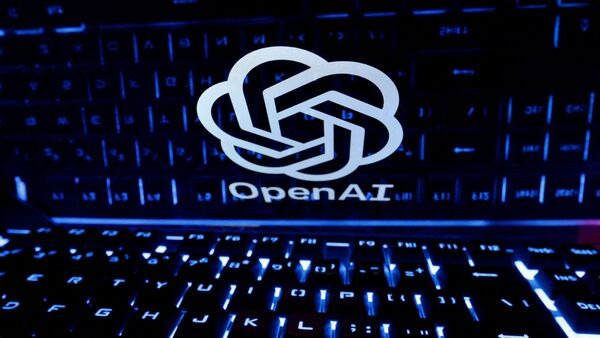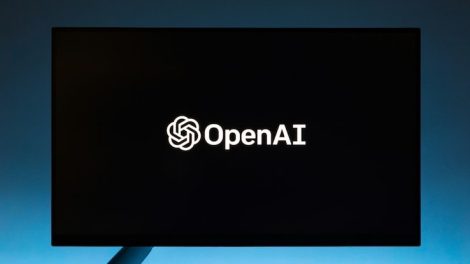OpenAI has announced a significant update to its GPT-4 model, unveiling GPT-4o, a new iteration designed to enhance creative writing and improve overall usability. The update introduces advancements in natural language processing, enabling the model to generate content that feels more coherent, imaginative, and tailored to individual user needs. This development highlights OpenAI’s commitment to refining its AI technology while addressing some challenges identified in earlier versions.

What is GPT-4o
GPT-4o represents a refinement of OpenAI’s flagship GPT-4 model. The focus of this update is on expanding the model’s ability to generate creative and compelling narratives across various formats, including essays, stories, poetry, and more specialized content. By incorporating additional training data and improved algorithms, GPT-4o builds on GPT-4’s foundation while introducing features that make the AI more versatile for tasks requiring originality and nuance.
Key Improvements in GPT-4o
This new version addresses several areas where GPT-4 could be enhanced. First, GPT-4o improves coherence, allowing for better context retention across long-form content. Users can now expect the AI to maintain consistency in tone, style, and facts throughout a lengthy document, an essential feature for writing books, scripts, or research papers.
GPT-4o introduces a more sophisticated approach to understanding prompts. This enhancement means the AI is better equipped to interpret nuanced instructions, enabling it to provide more precise and tailored outputs. This change has been particularly useful for creative professionals who require AI-generated content to align closely with specific guidelines.
OpenAI has incorporated feedback mechanisms that make GPT-4o more user-centric. It includes the ability to fine-tune responses based on individual preferences. For instance, users can specify the level of formality or creativity they need, ensuring the output meets their exact requirements.
How GPT-4o Works
GPT-4o employs a combination of transformer architectures, which are optimized for parallel processing and deep learning. By analyzing billions of text samples from diverse sources, the model generates responses that mimic human-like understanding and reasoning. The incorporation of reinforcement learning from human feedback (RLHF) further sharpens its abilities, allowing it to adapt to dynamic user inputs and evolving linguistic trends.
Application in Creative Fields
One of the most anticipated uses of GPT-4o is in the realm of creative writing. Writers can use the tool to draft stories, refine plotlines, or brainstorm ideas. The model’s improved understanding of character development and narrative structure makes it particularly useful for screenwriters and novelists. It can also support content creators in developing scripts for videos or podcasts, providing unique angles and fresh perspectives.
Broader Implications
While GPT-4o marks a significant leap forward, its release also raises questions about the ethical use of AI in content creation. OpenAI has implemented safeguards to prevent misuse, such as content moderation tools and transparency protocols. These measures aim to balance innovation with accountability, ensuring the model is used responsibly.
A Glimpse into the Future
OpenAI’s announcement signals a broader trend in AI development, where models become increasingly integrated into creative and professional workflows. As GPT-4o continues to gain traction, it will likely inspire similar advancements in competing AI systems, shaping the future of artificial intelligence across industries.
For those interested in exploring GPT-4o, OpenAI has provided access through its platform, allowing users to experience firsthand the capabilities of this new model. Whether you are a writer, educator, or entrepreneur, GPT-4o offers tools to enhance productivity and foster creativity, making it a valuable asset in today’s fast-paced digital landscape.










Add Comment